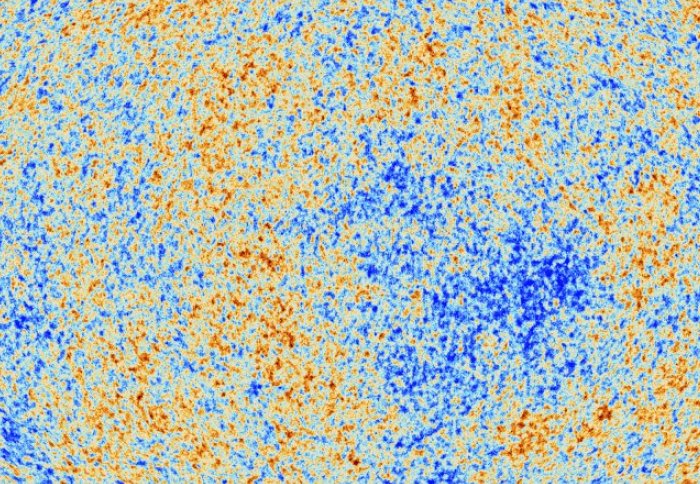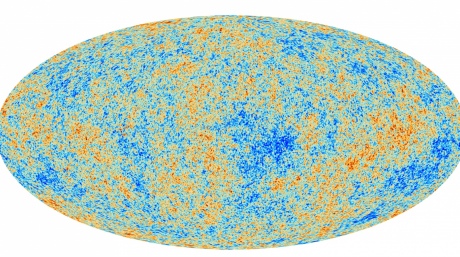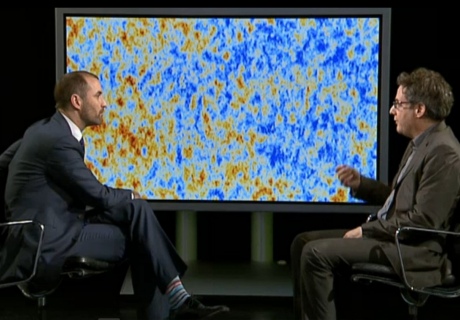
"This is like a baby picture of the Universe" - Andrew Jaffe, Professor of Cosmology and Astrophysics

Pictures taken by Europe's Planck satellite are giving a view of the Universe that's more than 50 million years older than anything previously seen.
These highly detailed images are composed from just over 15 months' worth of data about light left over from the Big Bang.
The new results have allowed scientists to view what the beginning of the Universe looked like 13.82 billion years ago and to estimate what conditions might have been like at that time.
Scientists from Imperial College London and colleagues from across Europe took part in the project to design and operate Planck, which launched from French Guiana in 2009. The satellite measures a form of light called the Cosmic Microwave Background, which was emitted at the Big Bang at the beginning of the Universe.

The all-sky picture shows light from the Universe when it was just 380 000 years old.
Andrew Jaffe, Professor of Cosmology and Astrophysics in Imperial's Department of Physics, spoke to Channel 4 News yesterday. He said: "This is like a baby picture of the Universe. It's a picture of the Universe when it was only 380,000 or so years old. Back then the Universe was so much simpler. Just by knowing the simplest laws of physics we can determine what it was like all the way to a trillionth of a trillionth of a trillionth of a second after it came into being.
"We try to learn about that time just by looking at the pattern of the spots. The picture may look like random colours, but they are random colours that have a structure. And in it we see evidence for cosmic inflation, which is what took the Universe from being very small to something much larger over just a tiny amount of time. This tells us how galaxies and other large-scale structures in the Universe came to have the distribution they do."
"There are some new mysteries too. Planck has shown us a very cold spot in the sky, which is bigger and colder than physics theories predict it should be. It's possible it exists thanks to a statistical fluke, or this could be telling us something new about the way inflation happens. Alternatively it could be telling us something about the way the ripples of light came from the Big Bang. One other possibility, and I hate to say this, it might be telling us about something that existed before the Big Bang. If this turned out to be true it would be a very exciting discovery."

Science editor Tom Clarke interviews Professor Jaffe (right) on Channel 4 News (see link in right-hand bar for full video)
Article text (excluding photos or graphics) available under an Attribution-NonCommercial-ShareAlike Creative Commons license.
Photos and graphics subject to third party copyright used with permission or © Imperial College London.
Reporter
Simon Levey
The Grantham Institute for Climate Change

Contact details
Tel: +44 (0)20 7594 5650
Email: s.levey@imperial.ac.uk
Show all stories by this author
Leave a comment
Your comment may be published, displaying your name as you provide it, unless you request otherwise. Your contact details will never be published.




Comments
Comments are loading...